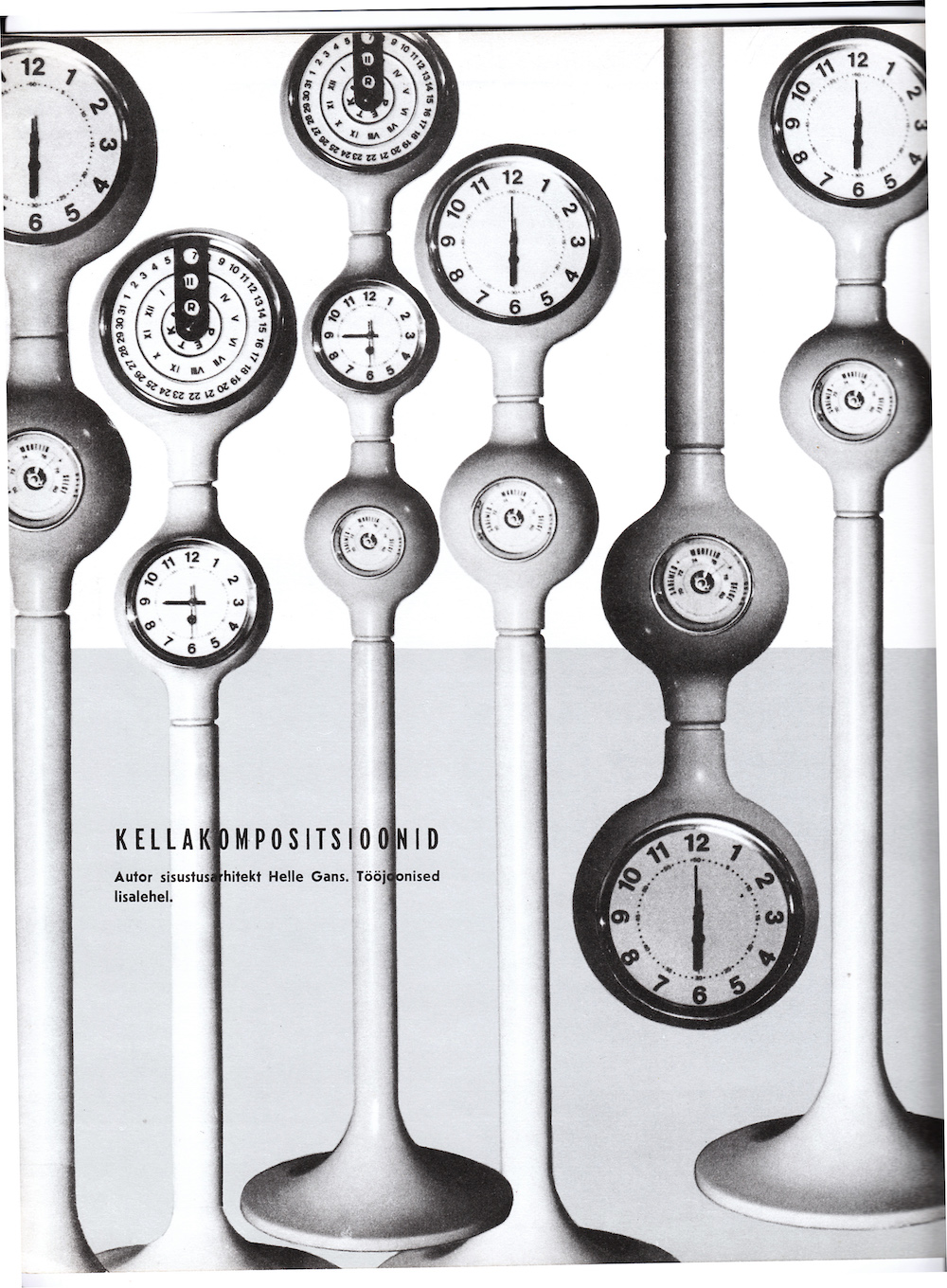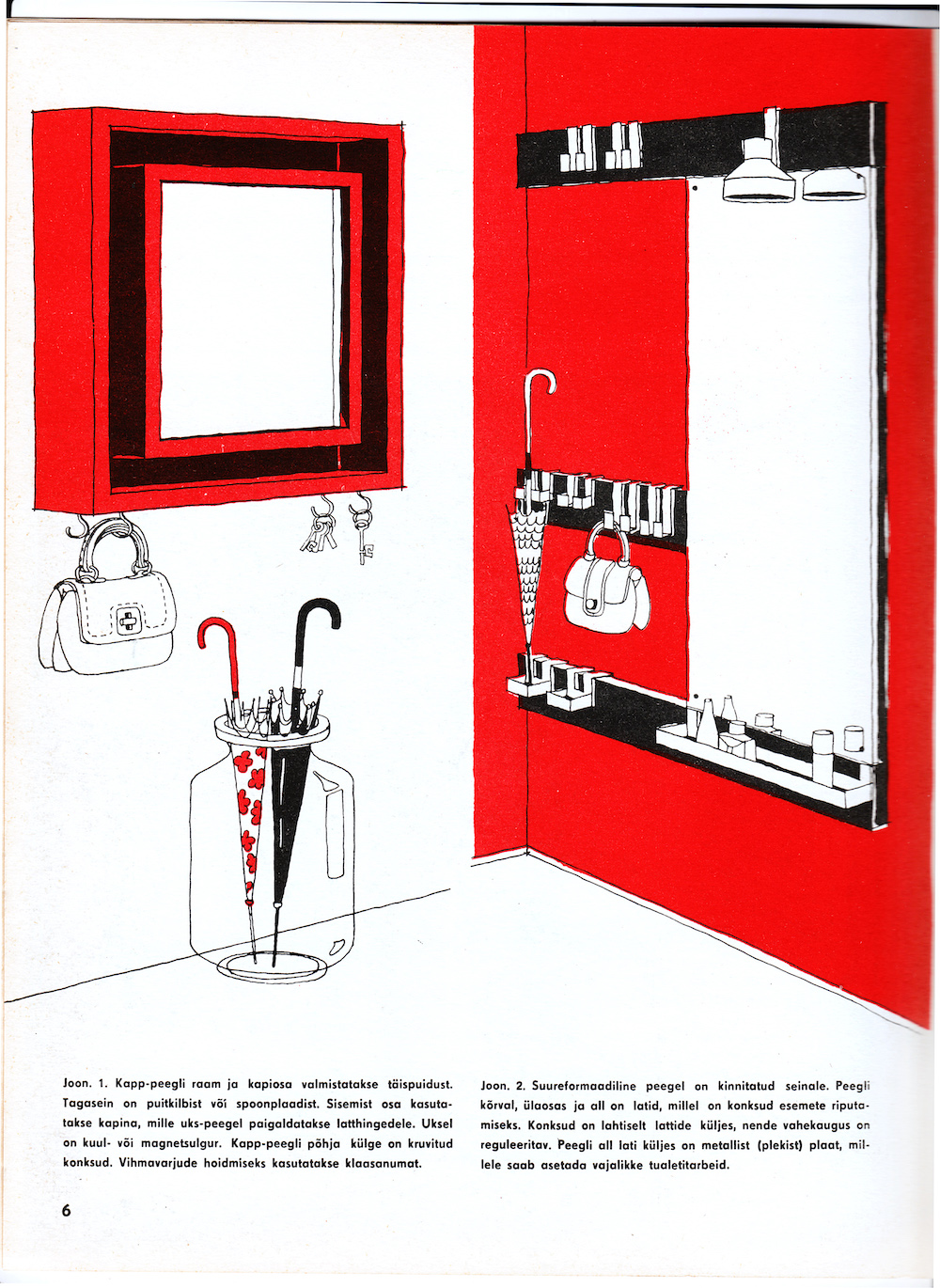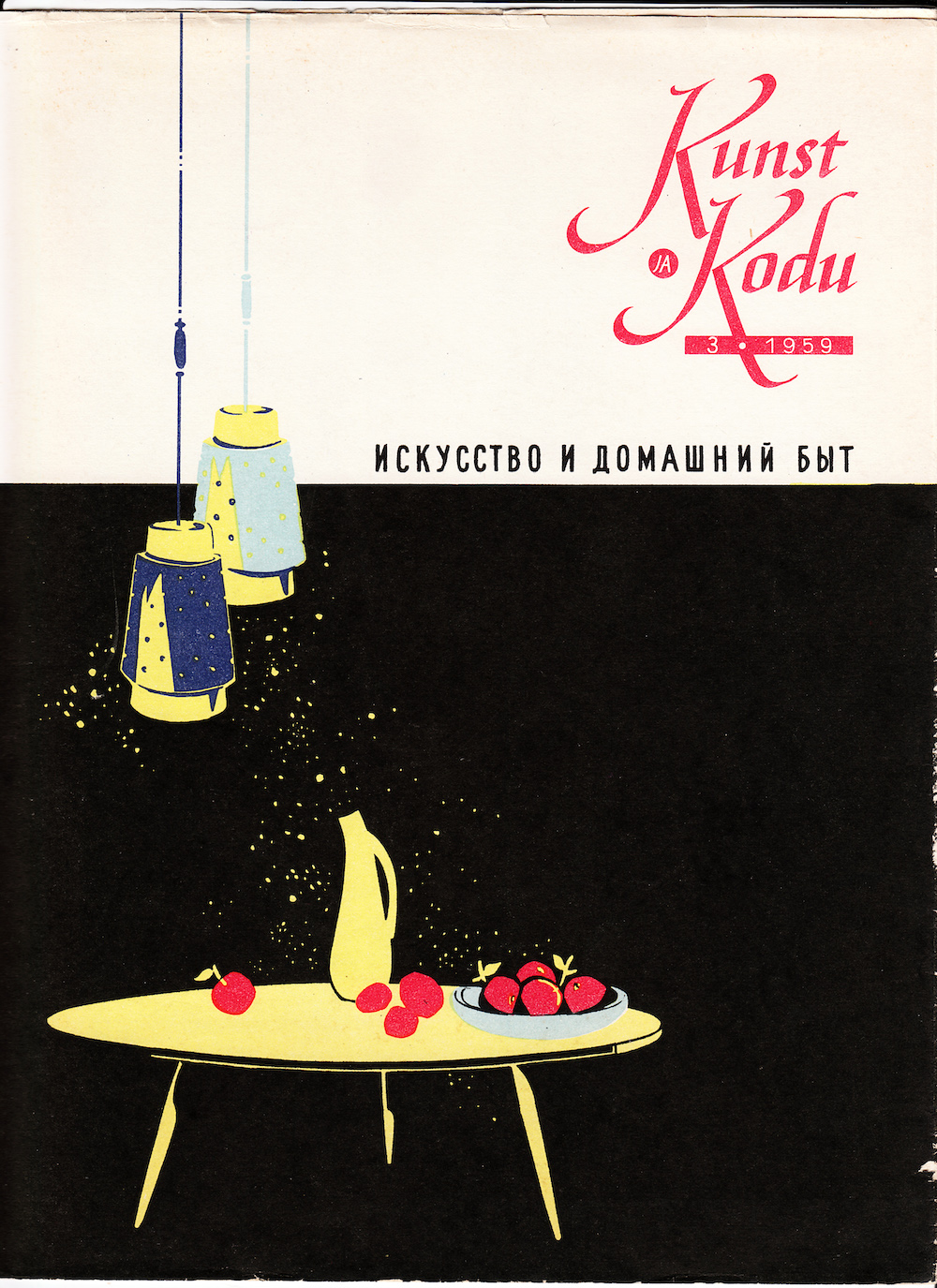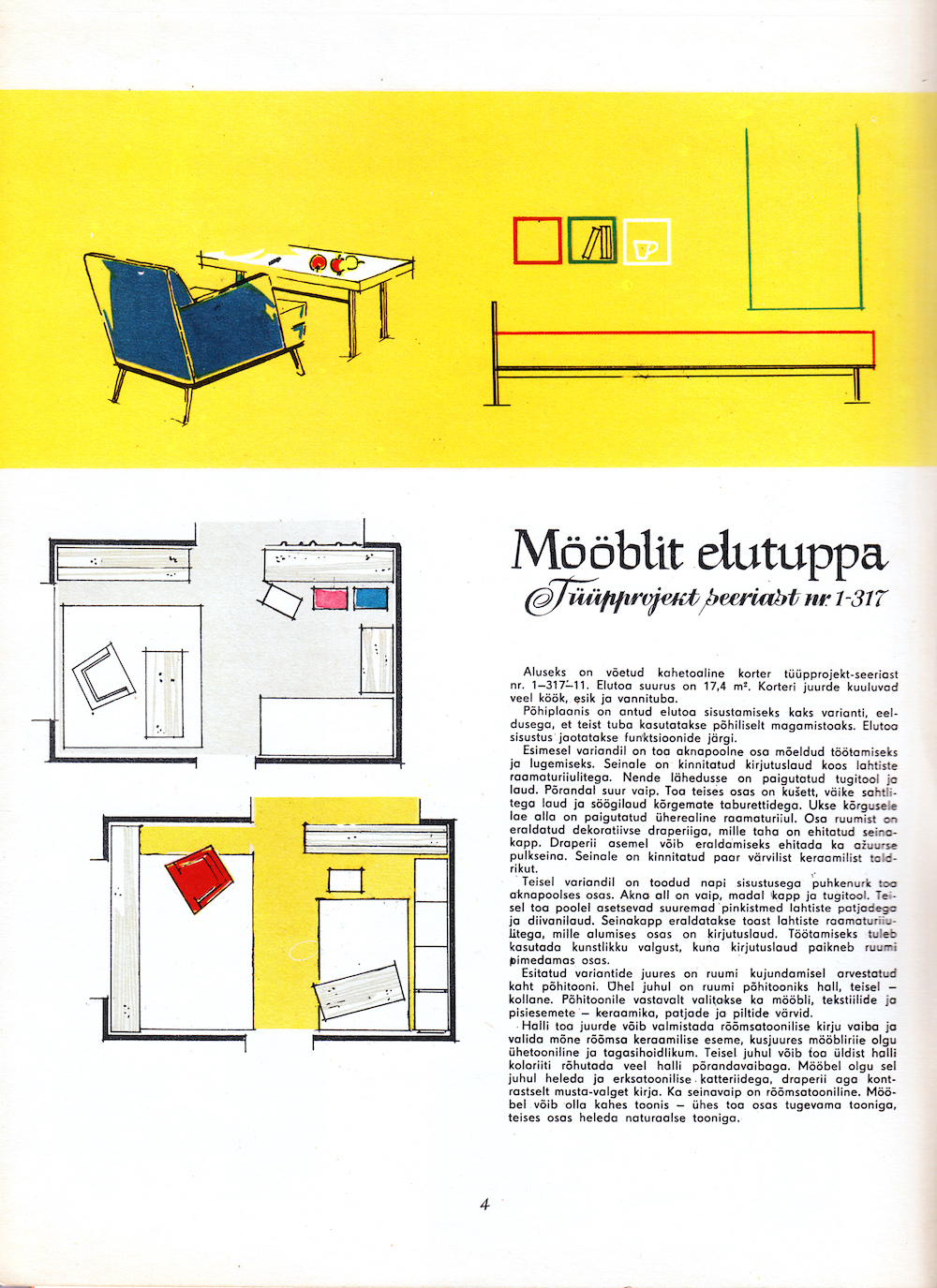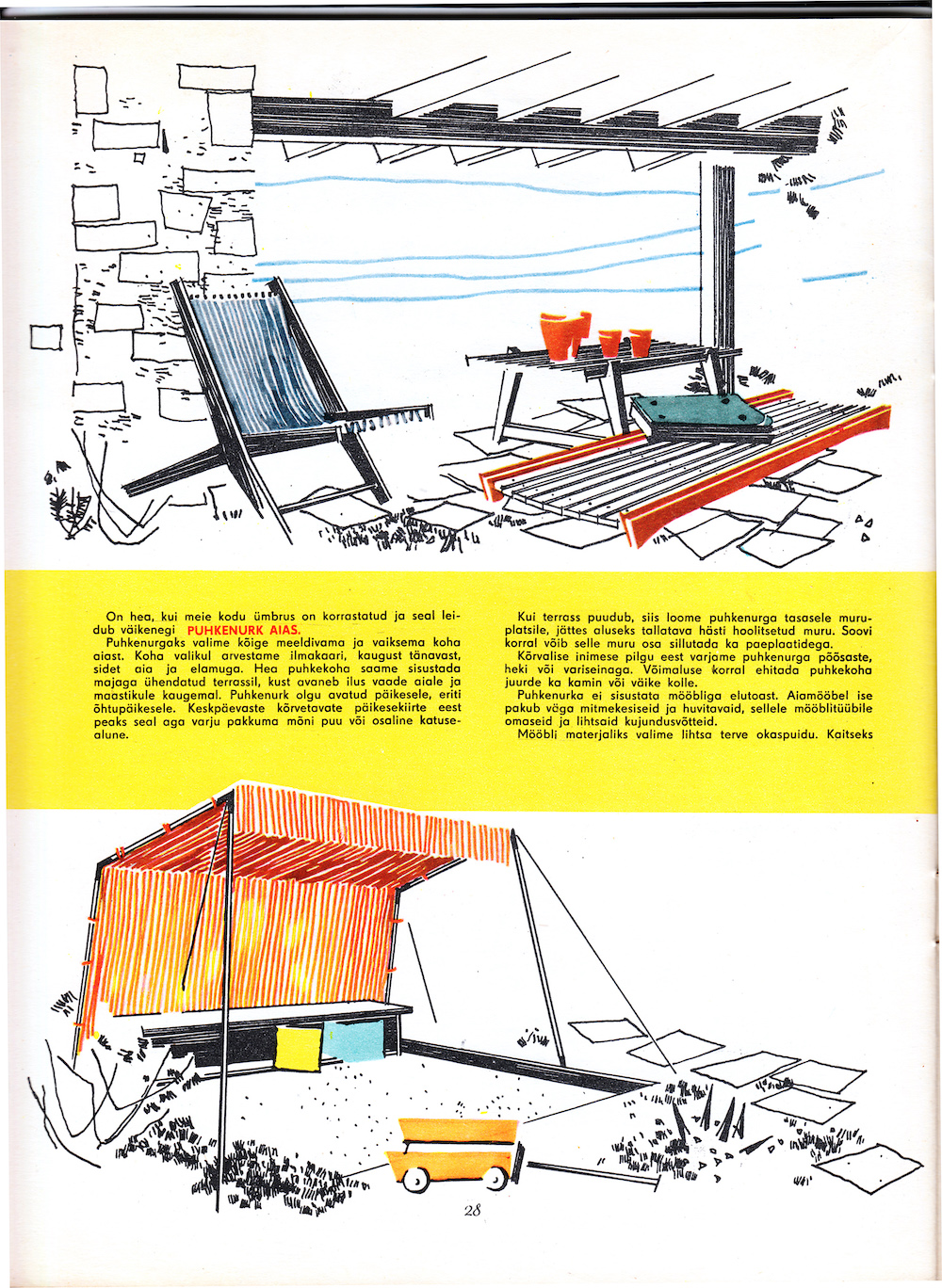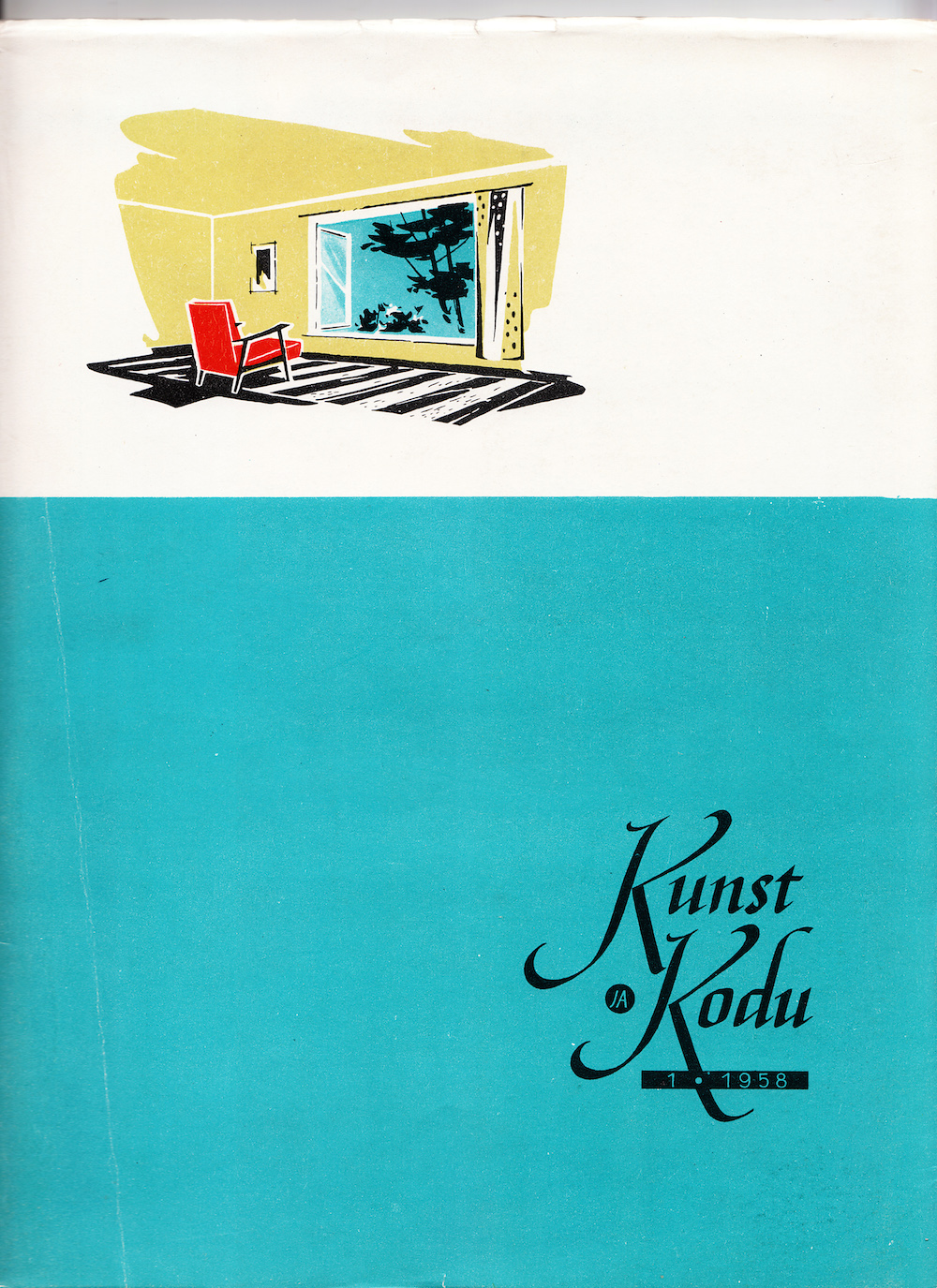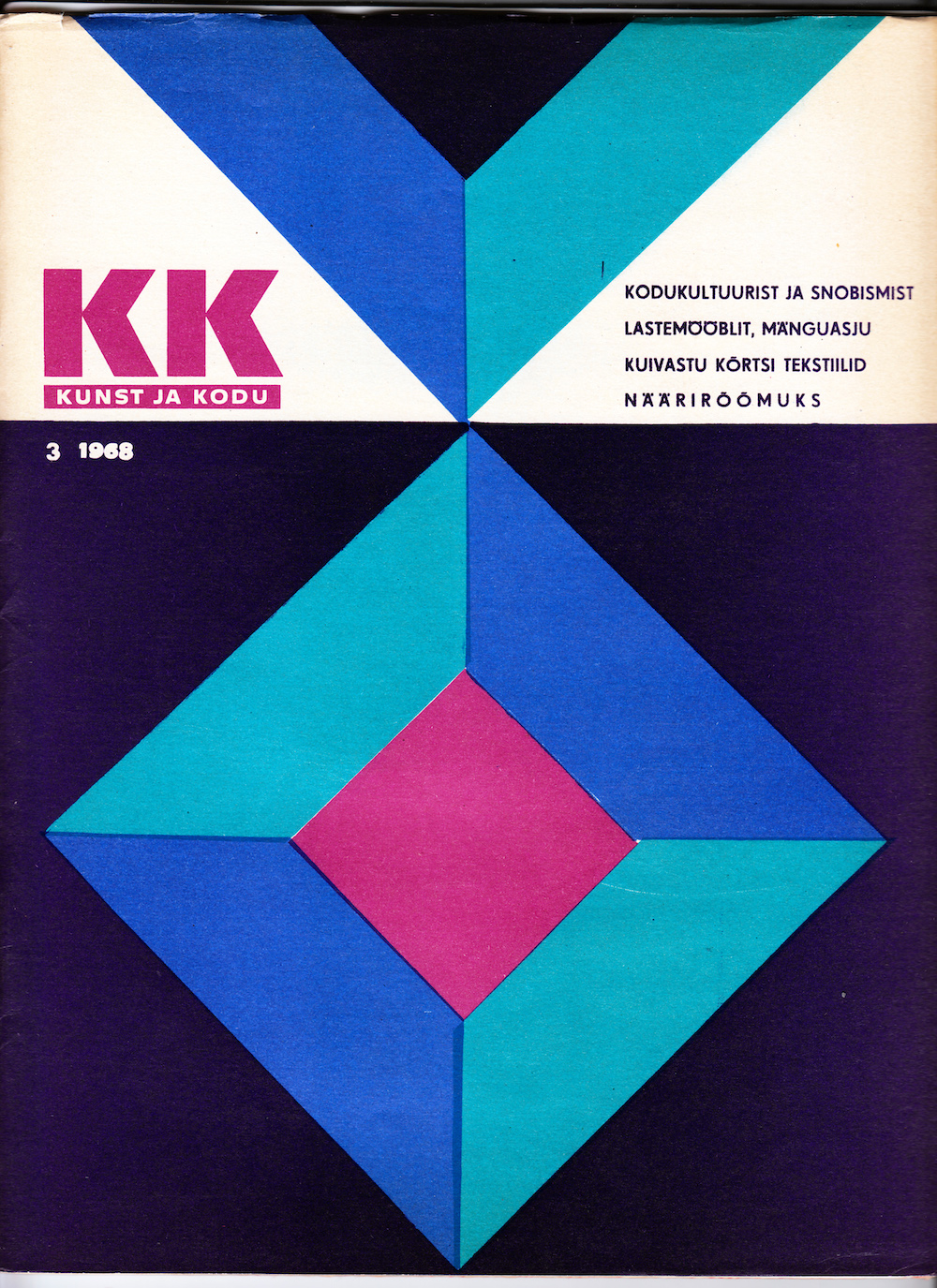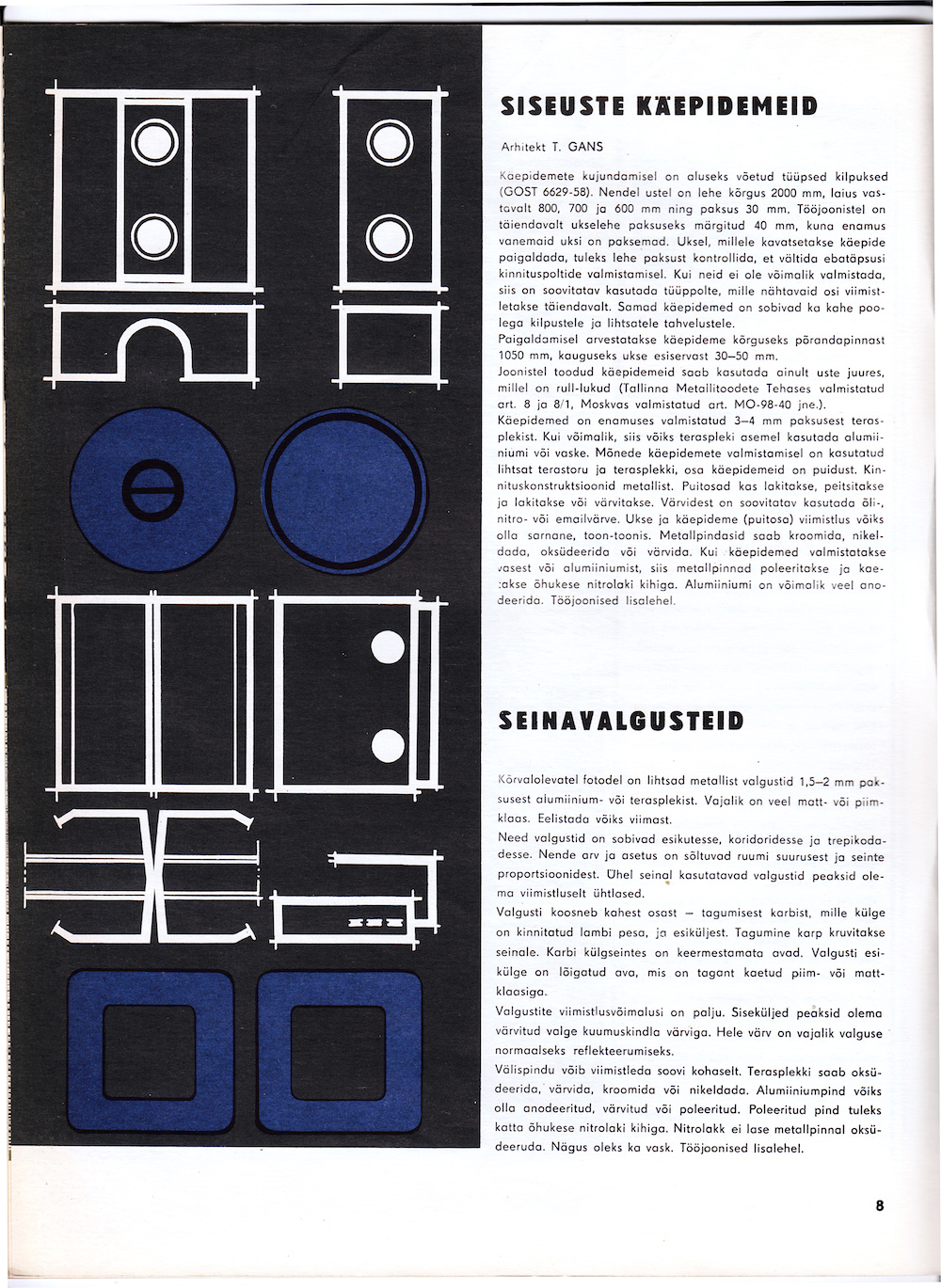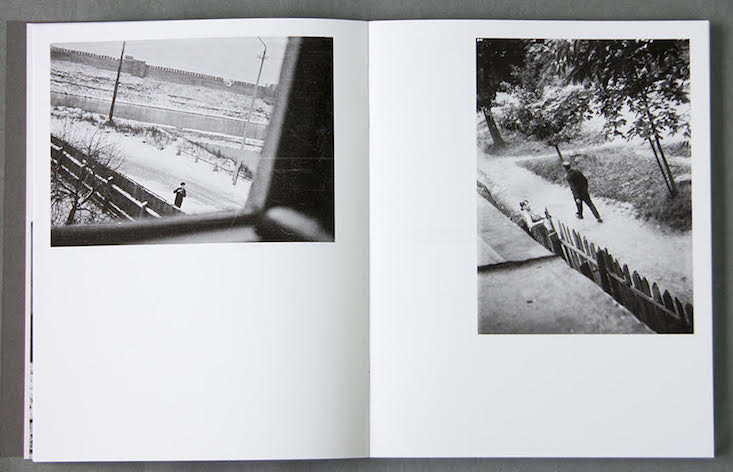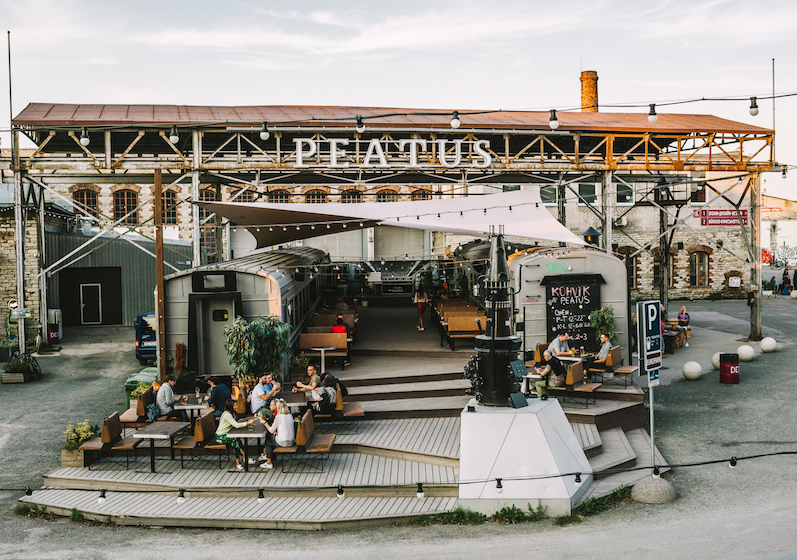Kunst ja Kodu: the Soviet-era design magazine that paved the way for independent Estonian ingenuity
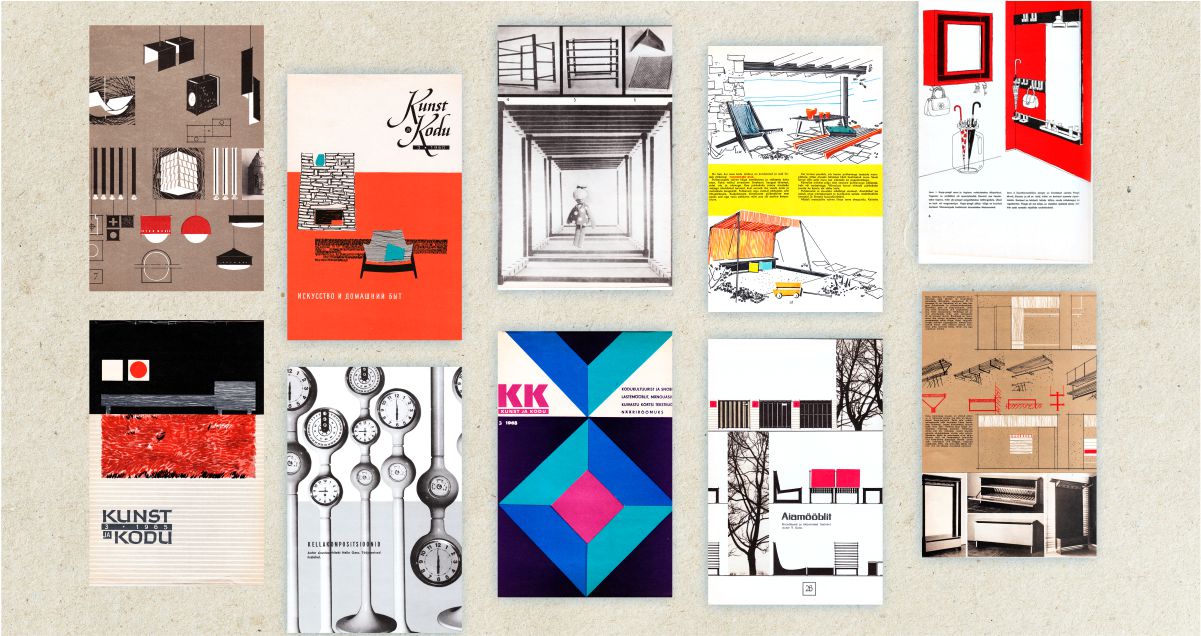
Published on an ad-hoc basis from its offices in Tallinn by a team of designers, Kunst ja Kodu was the only magazine in the Soviet Union to take on the heady world of interior design in a nation suffering from rampant shortages, intellectual repression, and the austere legacy of Stalinism. Yet while it may have been green lighted by Moscow officials hoping to harness Estonia's alluring-yet-safe Baltic "otherness", the magazine was also able to carve out a future for Estonian design that was very much the country's own.
Estonia enjoys a well-deserved reputation for being a society of innovation. It’s the “smart” republic that spawned Skype, e-voting and a stable of fintech unicorns. This talent for following the cutting edge and seeing where it will lead dates back to the pre-digital era, when Estonia represented the vanguard of the regional lifestyle economy, nurturing excellence in the applied arts and design.
It’s a tradition summed up eloquently by Kunst ja Kodu (“Art and Home”), the trailblazing Soviet-era design magazine published in the Estonian capital of Tallinn between 1958 and 1990. As the only magazine devoted to domestic interiors in what was then the USSR, Kunst ja Kodu addressed the aesthetics and aspirations of a society emerging slowly from the austere years of Stalinism into a new world of (albeit limited) consumer products. It was also unmistakably Estonian, tapping a deep vein of design known-how and Nordic cool. Unsurprisingly, the pages of Kunst ja Kodu play a major role in Introduction to Estonian Design, the totally revamped permanent exhibition which has just opened at the Estonian Museum of Applied Art and Design.
Flicking through back issues of Kunst ja Kodu provides an epoch-spanning visual roller-coaster, taking in the jazzy abstract textile designs of the 50s, the groovy modular furnishings of the 60s, and the brash, joyously uncoordinated carpets of the 70s. The interplay between photographs, illustrations, and typography, made Kunst ja Kodu a masterpiece of its kind.
The publication owed its origins to the economic ambitions of Soviet planners. “One of the central concerns of Soviet society from the mid 1950s onwards was to raise living standards by providing a better choice of consumer products, and improving the everyday environment,” explains the Estonian Design Museum’s director Kai Lobjakas.
A new design magazine fitted this picture perfectly. But why did it appear on the Soviet Union’s Baltic periphery rather than, say, in Moscow or Leningrad? “Despite being incorporated into the Soviet Union in 1940, Estonia had managed to maintain elements of its pre-war lifestyle and cultural memory,” Lobjakas continues. “Many initiatives of the independent Estonia in the 1920s and 1930s in industry and education created a solid base for the arts which in a way continued on into the Soviet period.”
Along with the other Baltic republics of the USSR, Estonia had the status of something different, exotic; an “inner abroad”. “It was a ’western-like’ territory in an otherwise closed society,” Lobjakas explains. “The vicinity of Finland and the Nordic region had established a certain yearning for what was done there, creating a type of wishful thinking that was specific to this cultural space.”
Along with Siluett, the Tallinn-based fashion magazine that sold tens of thousands of copies across the whole of the Soviet Union, Kunst ja Kodu provided readers with a vision of sophisticated living that was all the more credible for being from Estonia rather than some other republic of the Union. From minimalist furniture to artsy ceramics, and folk-pattern rugs, Kunst ja Kodu offered a total vision of how to furnish the ideal home.
But the magazine also provided the Estonian artistic community with a feeling that certain aspects of their culture were immune to Sovietisation, and could continue to exist in pockets of activity (such as design or fashion) from which at least some of the strains of day-to-day politics were absent.
Estonian society had been fragmented and demoralised by the twin evils of Nazism and Stalinism, and it was difficult for Estonian intellectuals to come to terms with being inextricably linked to a Soviet Union — something which most viewed as an occupation, rather than a “true union”. The emergence of high-quality magazines like Kunst ja Kodu and Siluett demonstrated that the Estonian language and Estonian expertise still had a high value, and offered some kind of defence against the mounting pressures of Russification. “Kunst ja Kodu was definitely something that helped to confront the state of things, but not in too radical a way,” says Kai Lobjakas. “The publication actually fitted in very well with Soviet society’s objective of reorganising everyday life through the use of applied art.”
The magazine also provided the Estonian artistic community with a feeling that certain aspects of their culture were immune to Sovietisation, and could continue to exist in pockets of activity (such as design or fashion) from which at least some of the strains of day-to-day politics were absent
The use of Estonian folk motifs in contemporary household items was certainly a regular, if not dominant, feature of the magazine. This use of folklore, however, was always placed within the context of modernity and progress. “To become modern, rather than rethinking, or borrowing from folk traditions, was always the main idea driving the magazine,” says Lobjakas. “This may even be considered as one of the strongest and most individual characteristics of Soviet Estonian design, compared to the rest of the USSR. This wish to ‘be modern’ was something that continued from the inter-war period.”
The kind of furnishings taken for granted by western consumers were frequently in short supply in Soviet Estonia, and the emphasis of Kunst ja Kodu was less on the things you could buy, than on the things you could make yourself. Each issue was accompanied by patterns for textiles or stencils for painting projects. Early issues even went as far as to include instructions on how to build a simple wooden summer house.
But not everything in Kunst ja Kodu was about doing it yourself. Soviet flats were small, and practical advice on how to use space defined the aesthetics of the magazine. Kunst ja Kodu also sought beauty in storage units and bunk beds rather than grand fireplaces, or chandeliers. Early issues contained pictures of the chic desks and bookshelves designed the Tallinn Standard furniture factory (although one of these furniture features was accompanied by a tantalising drawing of a television cabinet – an unheard-of luxury in the Estonia of 1958).
Kunst ja Kodu came out at irregular intervals — never more than three times a year — and only 59 issues were produced before it closed in 1990. It had a print run of 20,000 in its early years, although this had fallen to 10,000 by the mid-60s. It was produced by a closely-knit team of designers and architects, rather than lifestyle journalists, and the contents of the magazine inevitably reflected the personalities of its editors. This was particularly true of the issues published in the late 70s under Andres Tolts, who took his inspiration not just from design but also from the fine arts, particularly pop art. Cover illustrations of furnishings and patterns were replaced by bold photomontages or ambiguous urban landscapes (a celebrated cover from 1975 shows a row of garages and an empty parking lot). Inside were articles about contemporary posters (the kind that you would want to hang on your living-room wall), photo-essays about brutalist housing, and ideas for wall-coverings based on Warholian portraits. The DIY patterns and stencils were out.
“Andres Tolts changed the magazine’s whole attitude towards design,” says Lobjakas. “He more or less gave up the DIY section of the magazine. He was a representative of the ’new wave’, being one of the first graduates of the State Art Institute’s industrial art department, set up in 1966, which treated design as a wide and multifaceted discipline that was concerned with the whole living environment rather than just with commodity goods.”
As an all-embracing guide to turning your own home into a pop-art masterpiece, Kunst ja Kodu under Tolts’s leadership was an artwork in its own right. Indeed, the whole 59-issue series of Kunst ja Kodu remains an enormously inspirational pattern-book for designers today, not just as an inexhaustible source of retro styles, but also as a highly individual catalogue of much that was fresh and original.
For a long period after 1990, Kunst ja Kodu was a forgotten component of Estonia’s cultural heritage, its back-issues piling up in Tallinn’s second-hand bookshops. However, there are signs that its reputation is rising again, thanks in no small part to the efforts of long-term enthusiasts like Kai Lobjakas. “We are talking about Kunst ja Kodu a lot more, and knowledge of it is constantly growing. And Kunst ja Kodu can still surprise people,” she says.
Despite its failure to survive the collapse of the Soviet economy, Kunst ja Kodu is nowadays seen as something of a national brand, an exercise in Estonian soft power which addressed the nation’s political disadvantages by mounting a display of cultural confidence. Yet ultimately, Kunst ja Kodu remains a unique portrait of a society bubbling with creative ambition, and provides some key pointers as to why Estonia continues to be just that little bit smarter than the rest of us.
